Abby Rose
TPF Noob!
- Joined
- Feb 17, 2010
- Messages
- 642
- Reaction score
- 2
- Location
- Michigan!
- Can others edit my Photos
- Photos OK to edit
So, I'm interested in the more realistic aspects of HDR (though the wilder ones are cool too  ). I'd like to learn a little more about the different techniques and programs, and I will, but I'm wondering if I should even bother trying it out since I can only shoot in jpegs. Are the hdr images made with jpegs really really crappy, usually?
). I'd like to learn a little more about the different techniques and programs, and I will, but I'm wondering if I should even bother trying it out since I can only shoot in jpegs. Are the hdr images made with jpegs really really crappy, usually?
Well?
Well?


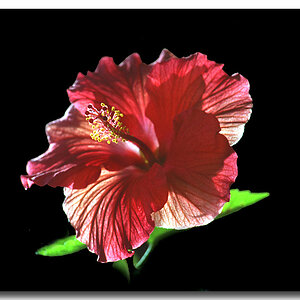
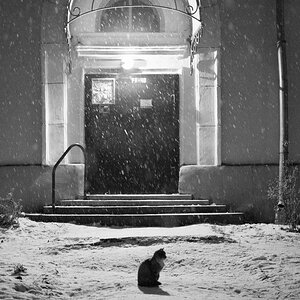
![[No title]](/data/xfmg/thumbnail/37/37602-1ef8dbb1c2d0e4ff347ee65d328c3603.jpg?1619738147)
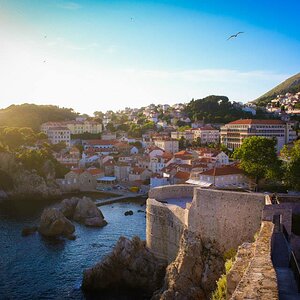
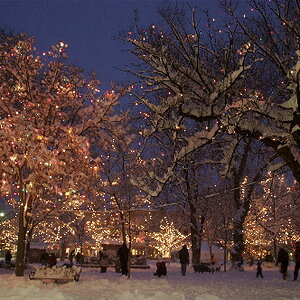

![[No title]](/data/xfmg/thumbnail/31/31977-2b717e032201241cbeae8226af23eba4.jpg?1619735136)
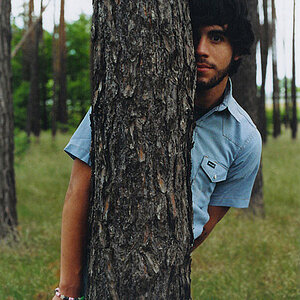
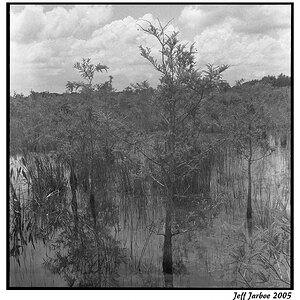
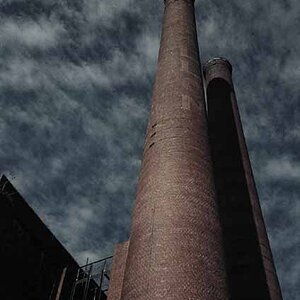
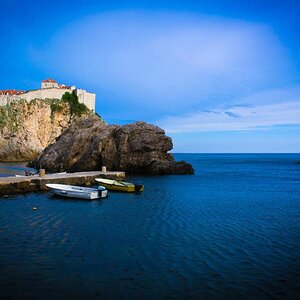
![[No title]](/data/xfmg/thumbnail/42/42267-2fff585000110a96fd9ac3ff09cceb95.jpg?1619740076)